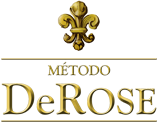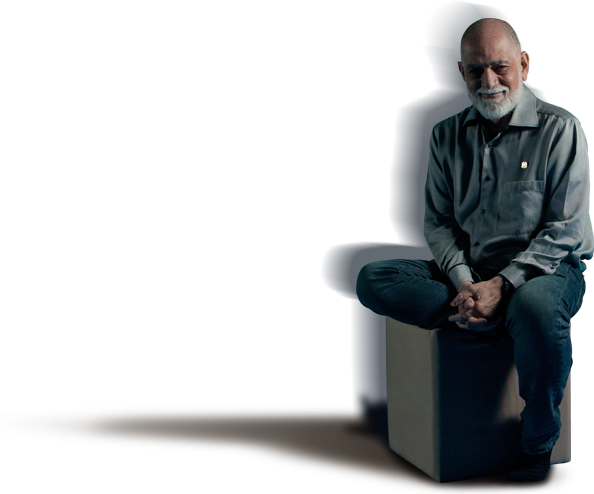Author: Gustavo Cardoso
When you are in the practice room facing your DeRose Method instructor you probably do not realize the amount of time and effort they have invested to arrive where they are now.
They all started exactly like you, sitting in the practice room, enjoying what they were doing. In my case, when I was a student I could not think of anything but the next class with my instructor Prof. Leticia Ziebell, today living in Portugal.
When I decided to become an instructor the training was less formal than it is today. More akin to that of the Indian monasteries, where all the knowledge comes from the Master and it is up to the disciple to accept it or not. In the Indian vision of the discipleship, if the disciple does not agree with what is being taught he is entitled to leave, but never to question, ask why, or refuse to do what the Master has prescribed.
Today, in order for a candidate to start their training they must pass an examination in front of a jury of three members. If they are approved at this stage, they will carry on to take a test on general knowledge.
Having passed this, the first stage of the training involves extensive reading covering subjects such as philosophy, asana, pránáyáma, history and the genealogy of the million year old philosophy that constitutes the Method. In this stage the instructor must write essays about various subjects as well as produce a final thesis on a topic of their choice that is, of course, related to our philosophy and coherent with its roots. This is just the theoretical side!
At the same time the instructor must be working on the physical and practical aspects of the training. They must create their own three to five minute choreography, respecting a series of technical facets such as didactic angles and the execution of the exercises among many others. The instructor must memorise the name of over 2000 ásanas, 108 mudrás, 54 breathing exercises, among other techniques, as well as knowing how to execute them all in perfection. Their knowledge of the ásanas for example, is tested through an ásanas draw. The instructor must be able to execute to perfection any of the randomly chosen ásanas.
In order to become an instructor, the candidate must finally assemble a complete class within exactly twenty minutes filled with theory, eight parts, a choreographic sequence, and the many details it implies, failing to present within this time limit has severe penalty.
Both the theoretical and practical aspects however are worthless if the candidate does not show that they value and respect the tradition in which the Method is rooted and its vast family, the egregora of the method.
Such respect is evaluated through the candidates attitudes toward their instructors in various scenarios where they are required to surpass themselves. It is under difficult or even extreme situations that one’s true value is exposed. For this reason, sometimes the teacher must play a role generating stress. A very common phrase we know is, “only when we hit strongly a bell can we see the quality of its metal”.
Finally, the candidate is examined at one of the Federations of the DeRose Method, by a jury of three more experienced instructors who will evaluate everything the candidate has learned as well as their attitude.
Our goal is to train the instructor sitting in front of you to have deep philosophical, practical and theoretical knowledge as very few do, after completing an intensive one year training followed by four years under the tutorship of a more experienced DeRose Method instructor.
In a world that every day brings things forward in an increasingly quicker way, I would not hesitate to state that the instructors trained by this school are oceans away from this tradition. This is why when I sign the authorisation form for any instructors trained by me, I am sure that they will be approved by the examination jury. Their readiness becomes apparent and can be clearly felt during their classes, in a philosophical discussion or even in their behaviour, ethically beyond reproach, since any fault will result in a notice and any repeated fault in irrevocable expulsion.
For these reasons we are proud of what we do and we do not have reservations when station the following: When you are in the practice room or in the changing room, at the DeRose Method school, you are with the finest professionals you could have before you.
All the best. Join me next week
Text originally published at DeRose Method London








